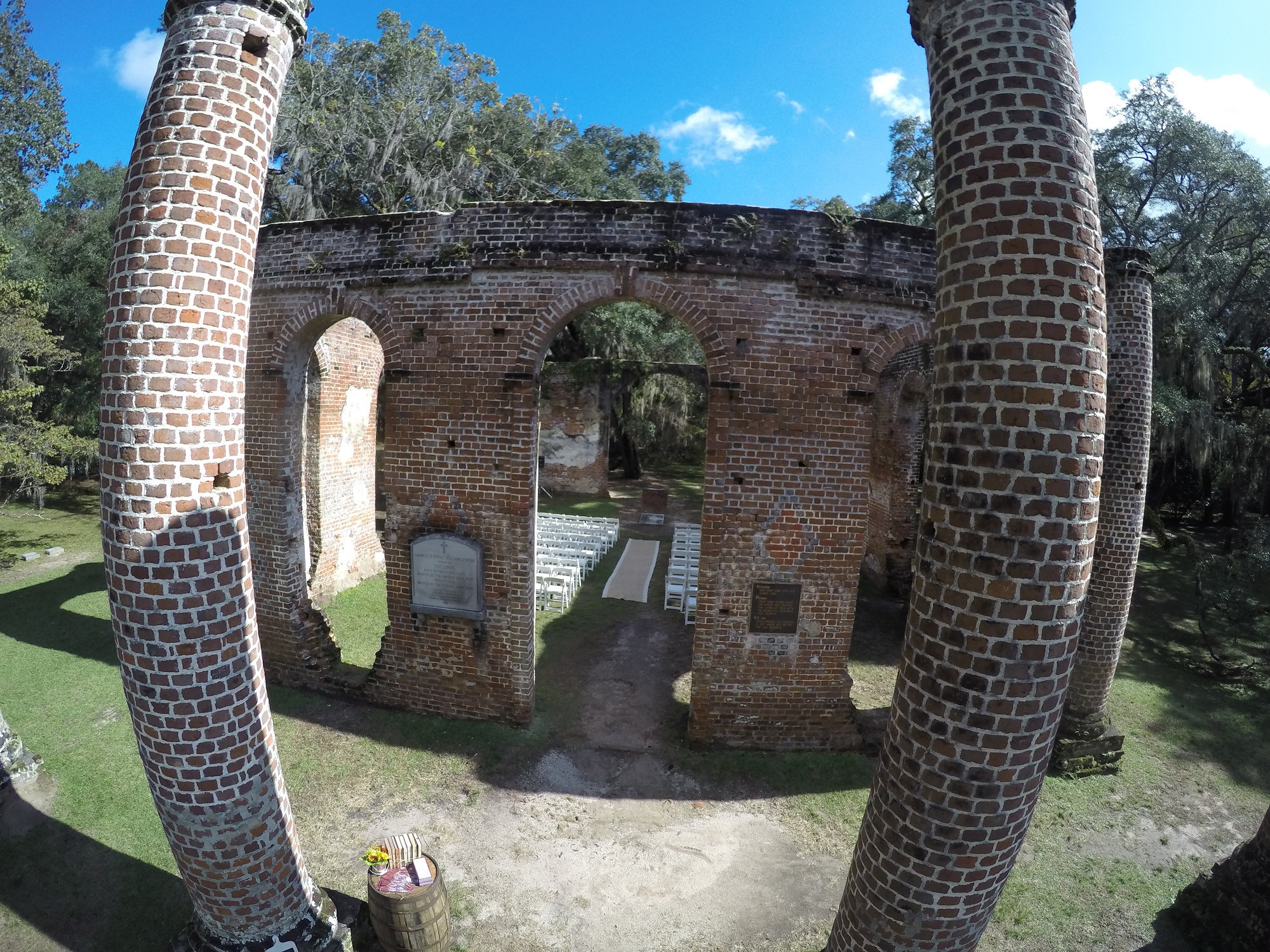
The American Revolution marked a pivotal moment in the history of the United States, not only in terms of governance and national identity but also affecting the religious landscape of the fledgling nation. Among the myriad of transformations that ensued, the fate of various colonial churches highlighted the profound shifts in societal values and political allegiances. Yet, a poignant question arises: Which church fell victim to the turbulence of revolution and could not withstand the cataclysmic forces of change? This exploration delves into the intricate tapestry of colonial history to uncover the identity of a significant church that succumbed after the American Revolution, while posing a challenge to modern readers: How do historical events reshuffle the architectural and spiritual legacies of a community?
To fully grasp the decline of a church post-Revolution, it is essential to contextualize the role of religion during the colonial era. The colonial period nurtured a diverse array of religious practices, with established churches such as the Anglican Church holding significant sway, particularly in the Southern colonies. Conversely, in the more rural Northern colonies, various dissenting denominations emerged, each contributing to the rich mosaic of faith. However, the Anglican Church, which commanded authority and influence, faced mounting pressure and decline as the Revolution unfolded and dissenting voices grew louder.
One exemplary edifice representing this decline is the Church of England, particularly its various congregations scattered across the colonies. With the Declaration of Independence in 1776, loyalty to the Crown—a central tenet for Anglican believers—was called into question. As tensions escalated between loyalists and revolutionaries, a schism occurred not only politically, but also within religious communities. Many members of the Church of England identified themselves as loyalists. Consequently, they faced social ostracism and physical peril, leading to the closure and dismantling of numerous Anglican assemblies and services.
After the war, the Anglican Church struggled to redefine its identity within a nation that had embraced ideals of republicanism and religious pluralism. Following the Treaty of Paris in 1783, which granted the United States independence, the Anglican Church faced an existential crisis. Scattered and leaderless, many of its clergy had fled to England, leaving a void in pastoral leadership. With the church’s aristocratic associations and loyalty to British governance, congregations found themselves estranged from the rapidly evolving American ethos. Thus, towns that had once flourished around these churches found themselves grappling with an absence of spiritual direction.
In a poignant case, the famous Christ Church in Philadelphia, regarded as the birthplace of American Anglicanism, fell into disrepair and disuse as tumultuous political sentiments surged. Despite its historical significance, the church demonstrated a stark juxtaposition against the rising tide of nationalism. Interestingly, it was not merely a matter of physical deterioration; the spiritual fabric of communities tied to this venerable church began to unravel in the wake of public repudiation of everything British. In essence, Christ Church and similar establishments served as potent symbols of colonial affiliations which, once celebrated, became points of disdain.
To further elaborate on the decline of churches after the American Revolution, it is vital to consider the broader sociopolitical landscape. The discontent towards established religions burgeoned during this time, giving rise to a potent wave of evangelical movements and religious alternatives. These new denominations, such as Baptists and Methodists, began to flourish, attracting congregants with their zealous advocacy for personal faith, democratic governance within church structures, and a refreshing detachment from historical ties to monarchies. The transformation of spiritual allegiance from established churches to these new sects illustrated a radical reconfiguration of the religious landscape, challenging the supremacy long held by Anglicanism.
Moreover, as the nation embarked on a journey of redefining its identity, public sentiment veered toward the idea of a separation between church and state. The First Amendment, enshrined in the Constitution, reinforced this burgeoning concept. No longer would a state-sponsored church wield authority over citizens’ beliefs, leading to the decline of the Anglican Church as an established entity. Various congregations, including the remnants of the Church of England, struggled to rectify their identities within a framework that no longer supported their hierarchical structures.
Reflecting on the contours of history, one begins to understand why certain churches could not survive post-Revolution. The vulnerability of the Anglican Church was not merely a consequence of losing congregants; it reflected the broader currents of a society eager for transformation. Within this vacuum of faith, new movements emerged, emphasizing personal connection and communal faith over institutional affiliation. The fate of churches like Christ Church stood as emblematic of a broader struggle for relevance and acceptance within a rapidly evolving social milieu.
The legacy of these churches, therefore, cannot be measured solely in terms of architectural grandiosity or physical presence. It extends into the realm of cultural introspection, challenging contemporary observers to assess how the American Revolution reshuffled not only political affiliations but the very essence of faith communities. The trials faced by these churches serve as a reminder of the fragility of institutional power in the face of revolutionary change. As modern individuals walk through the remnants of colonial architecture, such as the eroded walls of once-vibrant churches, they are encouraged to ponder the question: what challenges exist today that might reshape our own spiritual identities?
